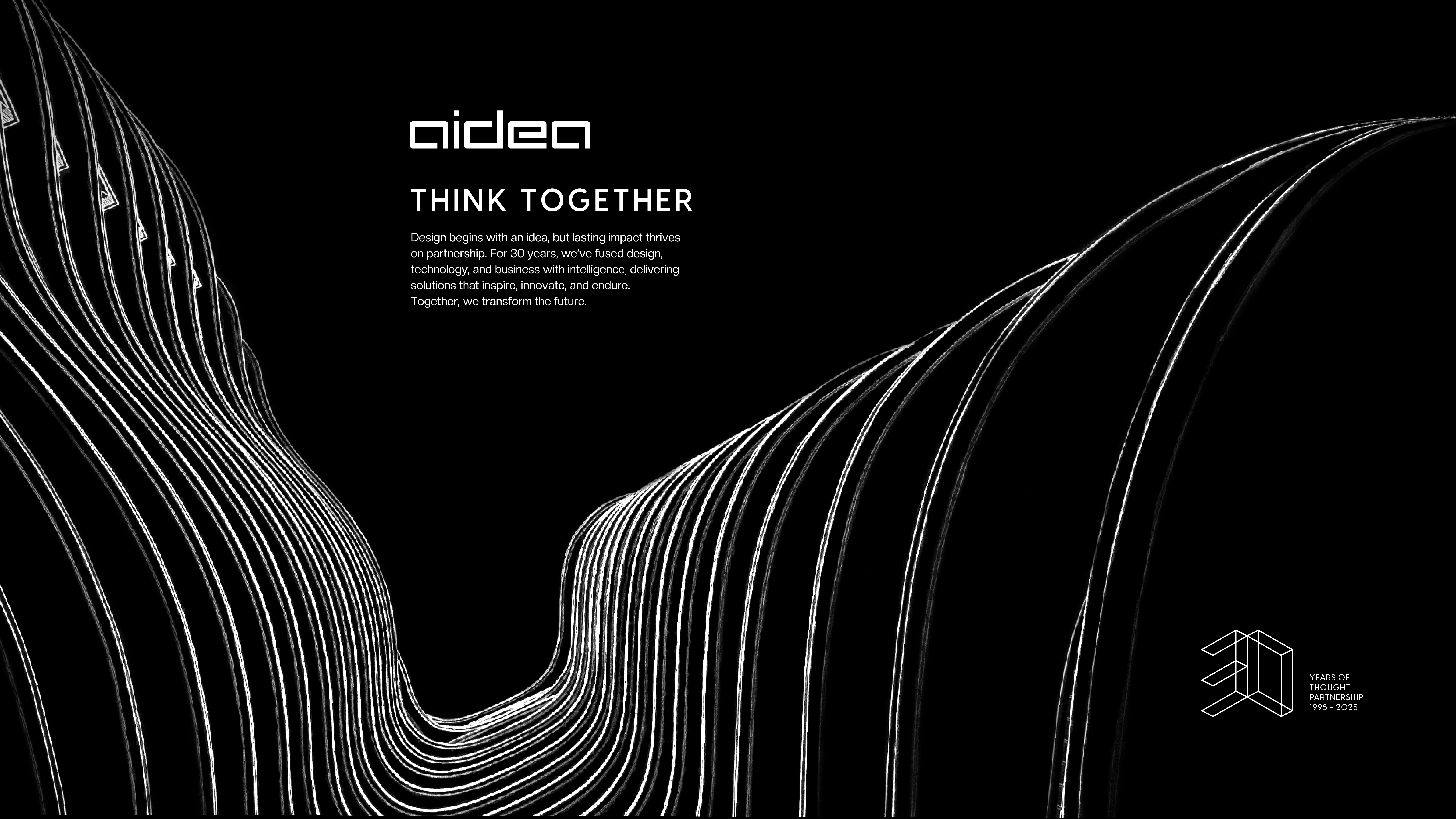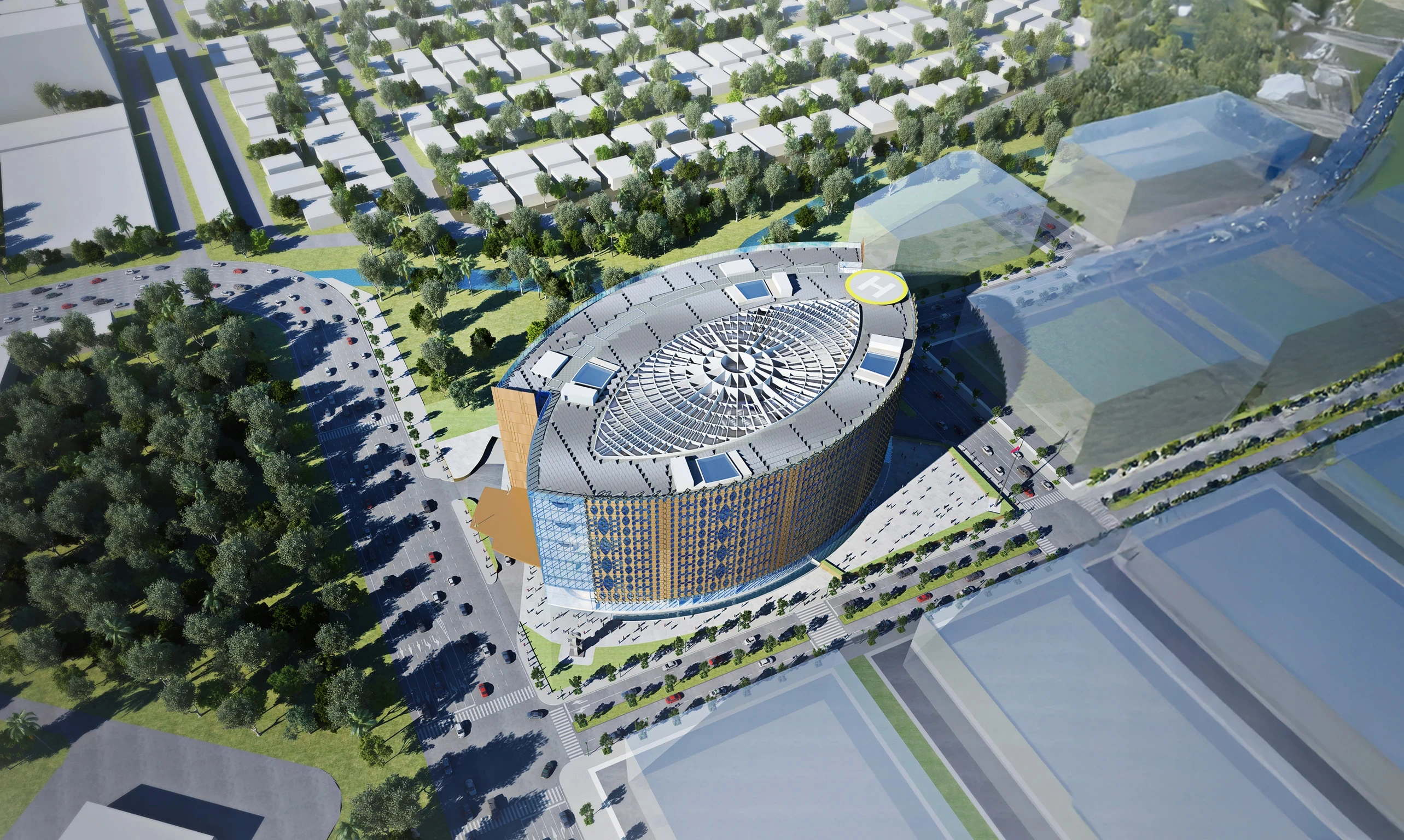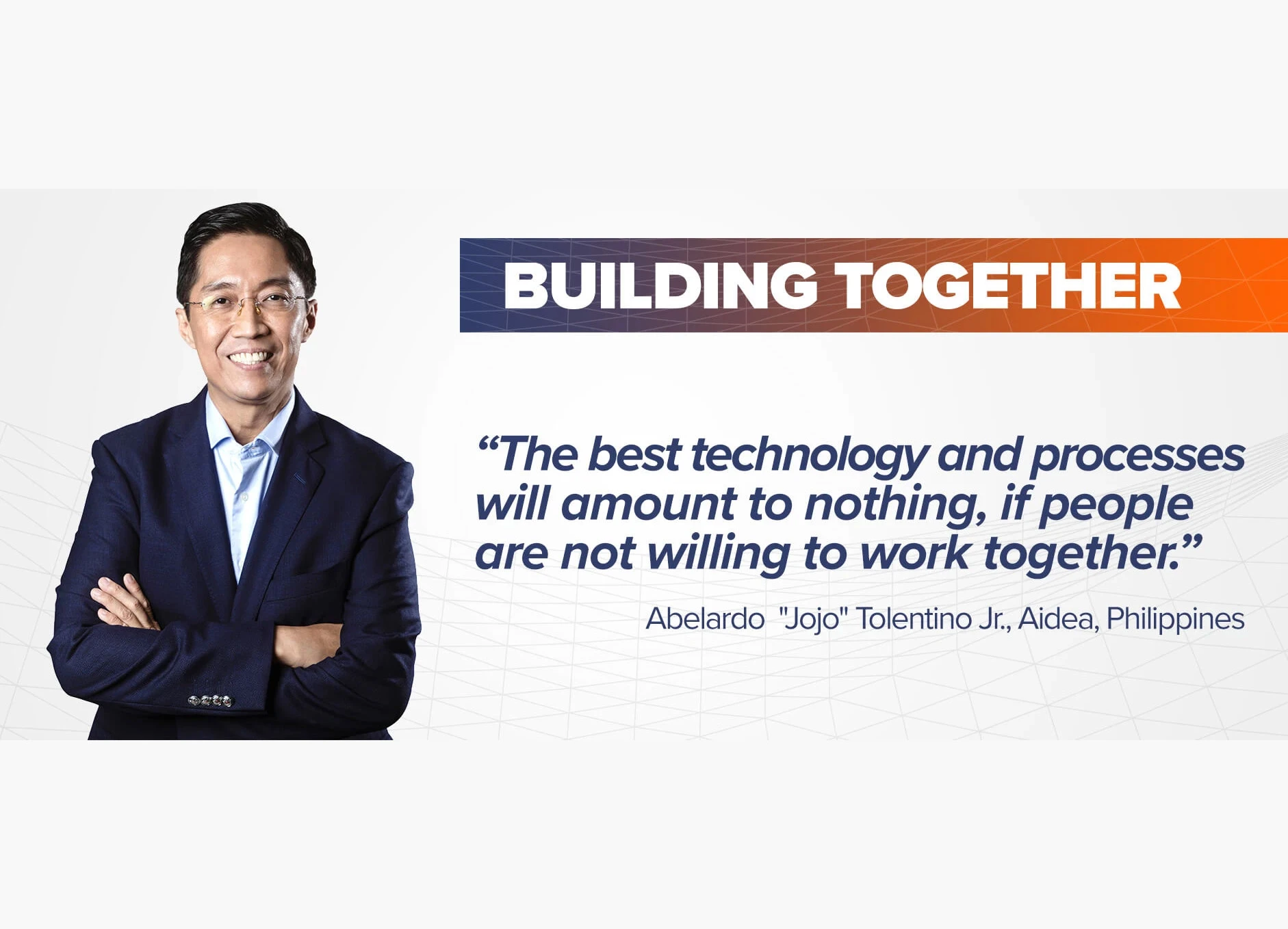BIM has matured from being a coordination tool into a foundation for the entire building lifecycle. What begins as a detailed digital model in the design phase can now extend into construction, operations, and long-term asset management. By serving as a single source of truth, BIM not only improves accuracy and collaboration during delivery, it also lays the groundwork for smarter, more sustainable buildings that continue to perform over time.
The value of BIM becomes even clearer as projects grow more complex and dispersed. Teams across continents can now work as though they are in the same room, accessing shared models that evolve in real time. This transparency reduces costly errors and miscommunication, while allowing design and construction partners to anticipate issues before they surface onsite. With immersive technologies such as VR, clients and stakeholders can experience their projects long before they are built, creating opportunities for richer feedback and better-informed decisions early in the process.
Beyond visualization and coordination, BIM also drives efficiency through automation. Custom tools can eliminate tedious, repetitive tasks that often consume valuable time. By shifting that effort toward higher-value work, project teams are free to devote energy to problem-solving, creativity, and the pursuit of better design outcomes. In this way, BIM is not just a productivity tool—it becomes a catalyst for more thoughtful and innovative solutions.
Viewed this way, BIM is not an endpoint—it is the gateway. It is the digital foundation that connects design, construction, operations, and beyond, opening the path toward integrated, intelligent environments that adapt and endure. As the industry continues to embrace smart facilities, sustainable practices, and data-driven performance, BIM remains the starting point for building futures that are resilient, connected, and human-centered.



